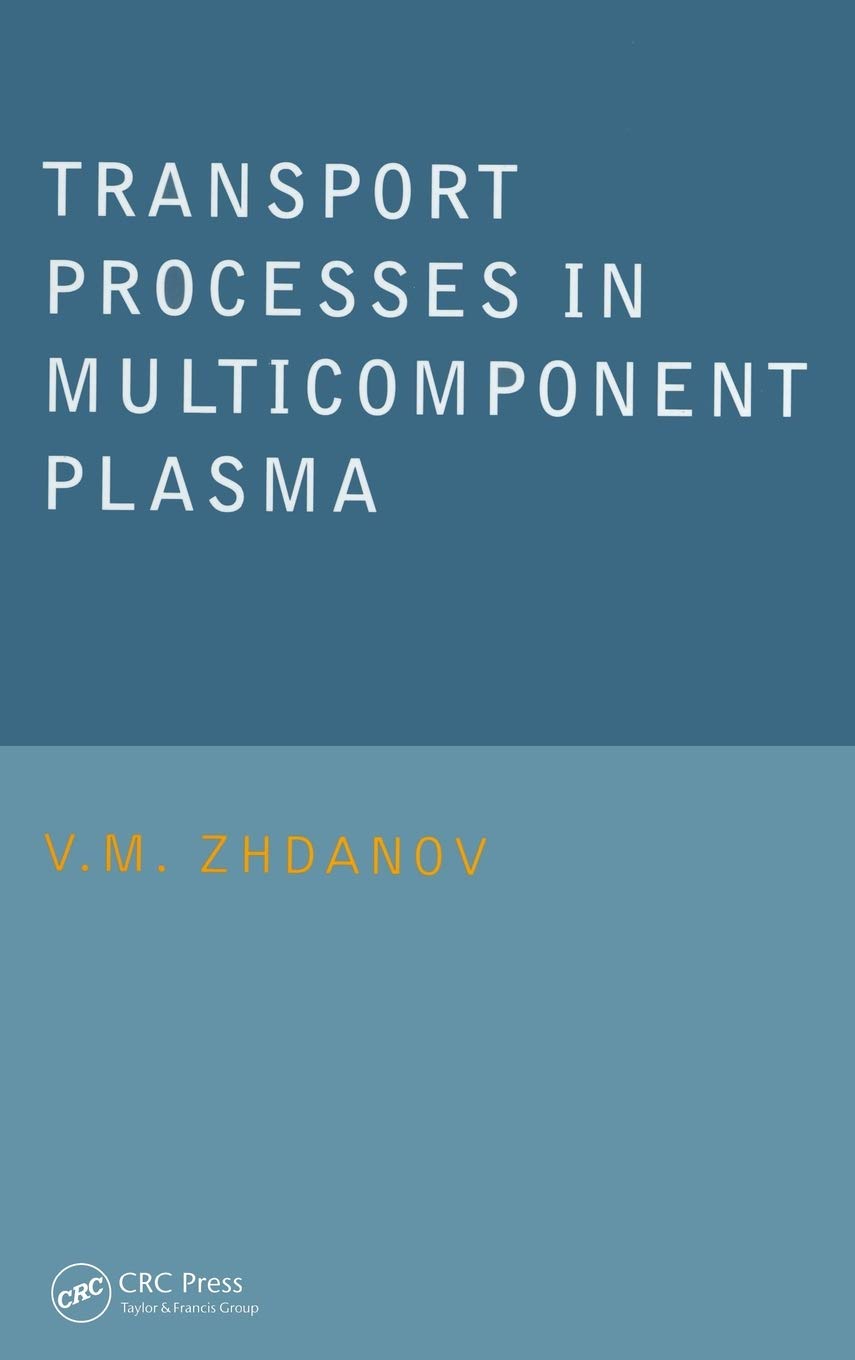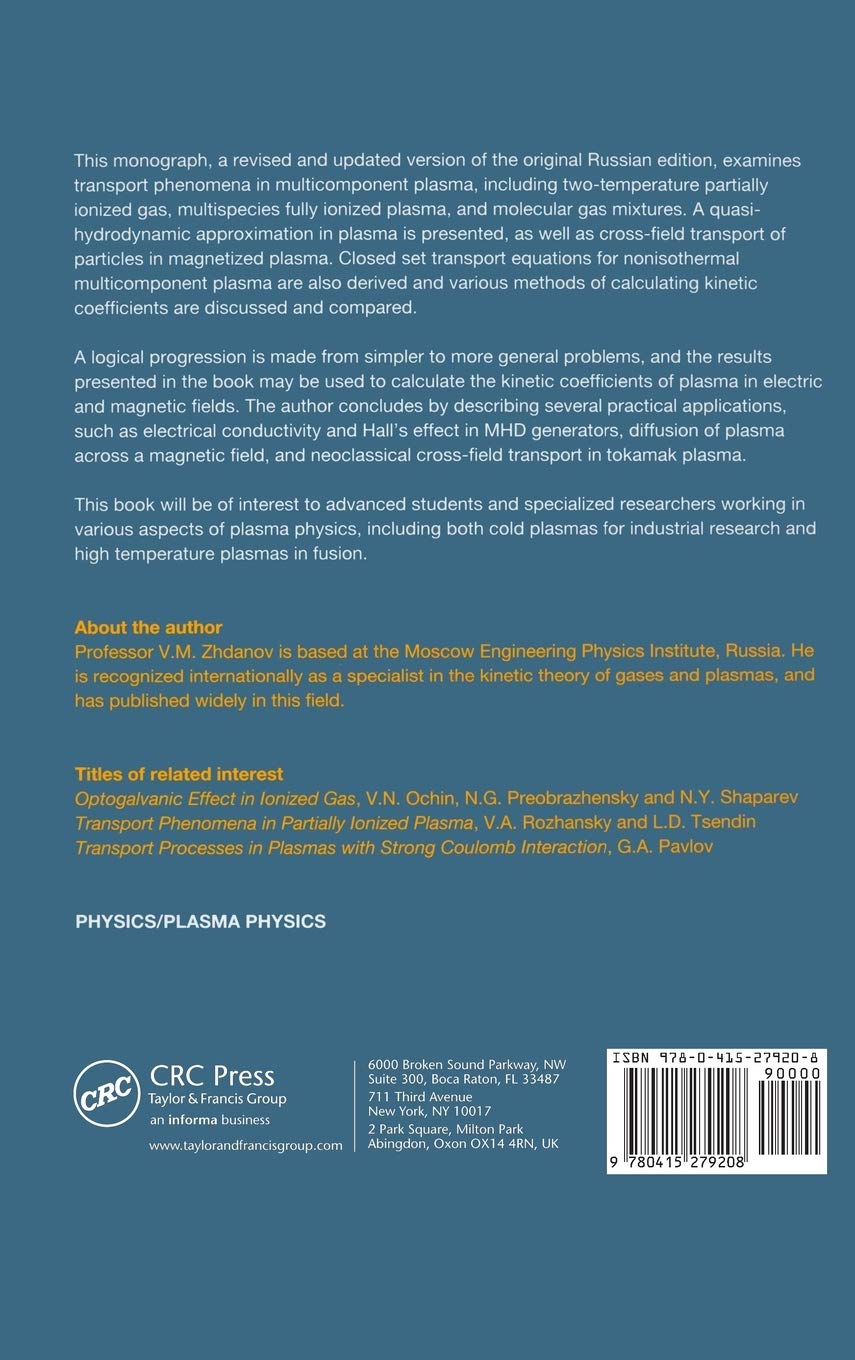Multi-species plasma
The multi-species plasma description requires a closure for the collisional terms appearing in momentum (friction forces), energy (heat flux & thermalization terms) and current balances (conductivity). Braginskii or Balescu’s closures provide expression for these terms but for pure hydrogenic plasmas. Expressions can also be found in the litterature for trace impurities in a main hydrogenic plasma.
Soledge3X implements a state-of-the-art multicomponent closure derived from Zhdanov work (Transport Processes in multi-component plasma).
It does not involve trace impurity assumption and is well suited to describe complex fusion plasma made of a stoechimetric Deuterium+Tritium mix with Helium ashes and radiative impurities. The drawback of this advance closure is the lack of a direct algebric expression for closure terms. Instead, a small linear system linking friction forces and heat fluxes to velocities and temperature gradients must be solved. The system takes the form $$ \left( \begin{array}{c} \overline{\nabla T_\alpha} \newline \overline{v_{\parallel,\alpha}} \end{array} \right) = M_{\alpha,\beta} \cdot \left( \begin{array}{c} \overline{q_\beta} \newline \overline{R_{\parallel,\beta}} \end{array} \right) $$
where the bar sign stands for averaged quantities for each element over all ionization levels. The matrix $M_{\alpha,\beta}$ can be computed explicitely from local plasma parameters and depends on mass ratio and collision times. Hence, in order to compute parallel heat flux and collison forces (friction + thermal), one must invert the $M_{\alpha,\beta}$ matrix. The matrix size is $2 \times N_{elt}$ where $N_{elt}$ denotes the number of elements in the plasma (eg: $N_{elt} = 5$ for a plasma made of Deuterium, Tritium, Helium, Nitrogen and electrons). The size of the matrix hence remains small and it can be inverted directly with LAPACK. Though, it must be inverted for all points of the mesh and at each time step. Zhdanov provides also expression to go back from the “element averaged” quantities to the quantities for each ionization level. For more details on the procedure, see: Three-dimensional modelling of edge multi-component plasma taking into account realistic wall geometry, H. Bufferand et al., NME (2019).





